Episode 21: Your Horse Needs You to Do This
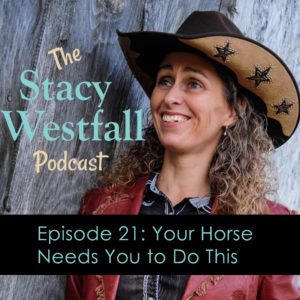
Subscribe and never miss an episode! (I listen in the barn and when I’m out driving)
Subscribe For Free!
It’s time to wrap up season two on the rider’s body. I covered a lot of ground on the last two seasons. We talked about the rider’s mind and the rider’s body. I’m even more excited about the next two seasons which are all about the horse. I play a preview of some of the questions I’ll be answering and share how you can ask your questions.
There is one thing that you can do to improve your riding and that is is to focus on this last season which was the riders body. This is consistently the weakest link that I see out of the four different areas of the rider’s mind, the rider’s body, the horse’s mind, and the horse’s body.
“The difference between consuming and applying is that people will notice a difference in you.” Stacy Westfall Click To TweetShow Notes
[01:26] We are all super excited to talk about horses in the next two seasons.
[01:41] A rider can change their mind in an instant. They can listen to a podcast or read an article and instantly change a belief that they’ve held for a long time.
[02:07] Your body takes work and a ton of commitment. As you age, you can feel your body changing. Exercise will pay you back a thousand fold in every area of your life.
[02:30] I use horses for my motivational area, because I love to ride. But it’s awesome to feel better in other areas of your life. It’s just more enjoyable.
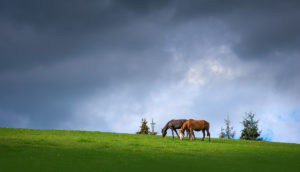
[02:55] Riding alone is not a balanced strength and flexibility training. Strength and flexibility is exactly what we want in our horses. It’s what we need in ourselves.
[03:18] When training in dressage, I can feel my old muscle memory conflicting with my new muscle memory.
[03:57] I’m not interested in losing my old muscle memory and skill, I’m just interested in adding to it.
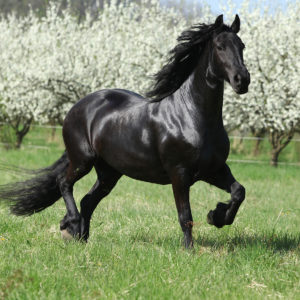
[04:23] Adding layers of muscle memory is something that we’re going to talk about in the future.
[04:32] There’s a difference between consuming and applying things in your life. I’m honored that you’re listening to this podcast. However, it’s consuming.
[05:09] You’ll know you’ve applied something that you learn to your mind when people notice a difference in what you’re doing.

[05:53] Decide to do something everyday to improve. If you felt resistance to that keep in mind it only has to be 10 or 15 minutes.
[07:22] If you dedicate to doing something that will take you in the direction you want to go, even for 10 or 15 minutes a day, you will be amazed at how good it feels.
[07:54] The next season is all about the horses mind and I share some of the questions that I’ll be addressing.
[08:39] If you have any questions about your horse, please call in and maybe I can answer it on one of the upcoming episodes.
“Decide to do something everyday to improve.” Stacy Westfall Click To TweetLinks and Resources:
6 Comments
Leave a Comment
SUBSCRIBE TO THE PODCAST HERE:
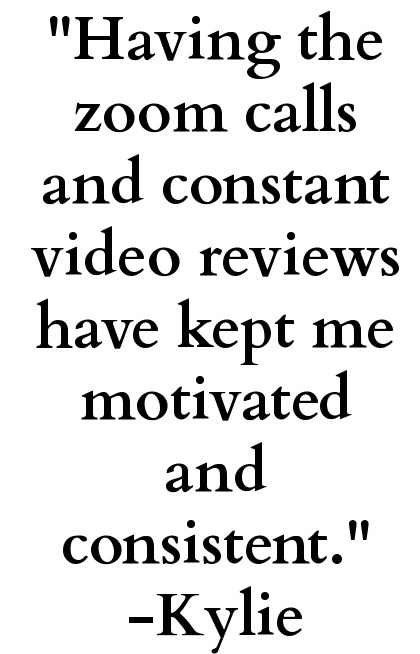
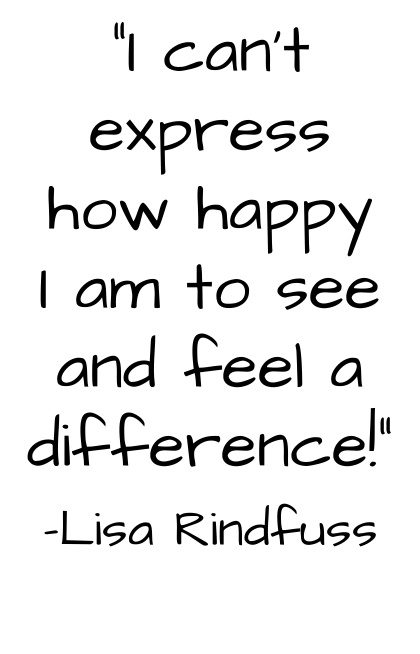
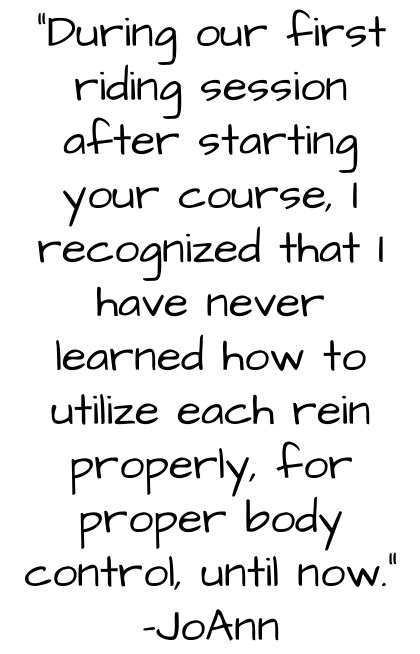
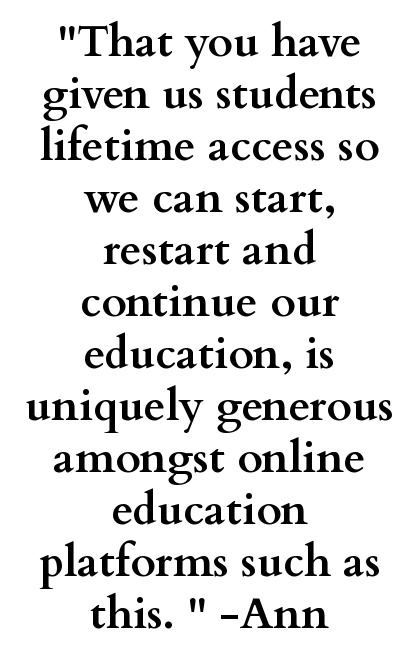
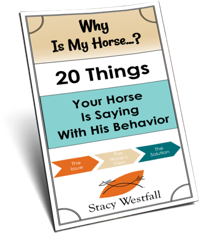
YOURS FREE
WHY IS MY HORSE...?





Love this! Should the consuming and applying be equal? Or will there naturally be times when you consume and cannot apply, but maybe it swings the other way later?
Think I read somewhere that it is 21 days to make a habit? So if you can apply for 15 minutes a day the action toward your goal in 21 days it could become a habit? That makes it seem very doable in my mind ?
I think there is a teeter-totter thing happening with applying and consuming also. Whenever you notice you are not getting the results you want but you feel like you’ve been ‘doing something’ to get there…hit pause and think; “Have I been consuming or applying?”
Consuming can feel like something but ACTION is what really moves the needle. I’m an avid consumer but I also have seasons where I apply like crazy. For example, in the winter I notice my physical time outside goes down because it is so cold. So in those months, I might consume more info instead of applying it directly. Then in the summer, I apply (I listen to stuff over and over so I listen again in the summer) and apply like crazy.
Personally, I use the winter to ‘apply’ like crazy with the business stuff that I can do in a warm office…knowing that when summer hits I have a hard time staying inside to work.
It is truly amazing how much work can be done in a short time with focus. I’ll see a pile of dished…drag my feet on doing them…then time it for fun and realize it was 10 minutes of work, lol! Lots of areas of life are like that. We spend 10 hours dragging our feet about doing 10 minutes worth of work:)
My horses teach me new things everyday. I try to keep an open mind to them. There is one problem perhaps you could help me solve. I have a ten month old filly I bought at 7 1/2 mos. old. She is a jewel to work with. Learns quickly with a great mind and sweet disposition. She came off of a big ranch in So. Dakota and wasn’t handled except for roping to brand her, weaning & getting her to accept being haltered. Here is her only problem. She is terrified of the vet who had a wreck with her while vaccinating which he caused & she hasn’t forgotten it. She ties now, goes over plastic, etc., isn’t afraid of “things”. Just the vet and shoer. (which of course are so important). Short of giving her Dormosedan before they arrive, how can I proceed? All suggestions would be truly, truly, appreciated. Thank you so much. Sincerely, Kathleen
You can do this!
Get creative. It is interesting that it is the vet AND FARRIER. You didn’t mention the farrier having a wreck with here too…so something must be similar.
Be sure that you don’t allow the ‘wreck’ idea to soften you in a way that you allow different behavior. I’m not suggesting that you are causing it but if she needs support from you and you soften from a version of feeling bad for her that she might not get the support she needs.
If she is triggered by more than one person that is great news…try to figure out how to trigger it with someone else, a friend, etc. If you can figure out what is triggering it you can deconstruct it.
What is she seeing and relating? Do they move differently? Try pretending to be them. Whatever that means. Walk heavy…anything you can think of.
Get creative. I bet you’ll see something new that can be a clue.
Thank you, Stacy. Your comments were helpful. I think the difference is the filly Knows when someone has an AGENDA. People can approach her easily if they have no plans for her. She seems to sense the difference, and she probably senses my apprehension now when the vet or farrier comes. The vet was here this week for her Spring Vacs, and I gave her a lower dose of Dormosedan to calm her fears. It went better than before. I tried to take charge more, stay calm and not let the vet be as aggressive. Still wish there was a better way.
You could also consider approaching her in a where YOU have an agenda. In this case, I think the word agenda could also be substituted for energy or pressure. The groundwork exercises where you have an agenda-send over the tarp, stand when I whip around you (noise), could help prepare her for ‘pressure’. I’m not suggesting that you add force. Pressure is not the same thing. Pressure can feel intimidating to a horse until they understand how to handle it. If we avoid adding pressure…they don’t learn how to handle pressure.
You might find some of the YouTube videos from my colt training series helpful for understanding what I mean. In the beginning, Jac (the horse) didn’t understand pressure and was very upset with it but through the series, you can see him understand and change his level of understanding to handle pressure.
In this episode Jac keeps trying to drag me away because he doesn’t understand. You can see a big change in him between this episode and the next one: https://youtu.be/hYKM0IsHvp8